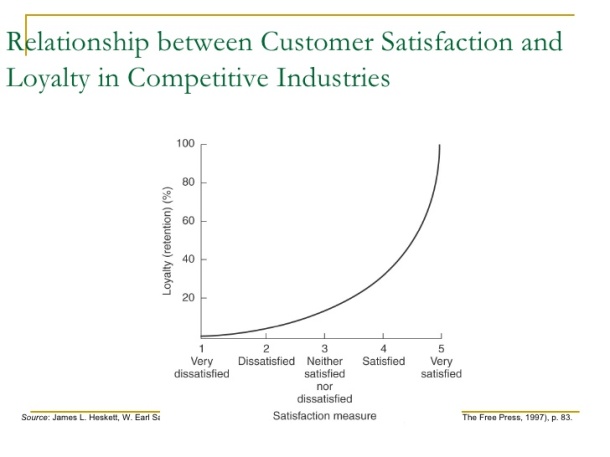“How much would you spend to get a new client onboard?”
While the answer will vary for everyone of course, the typical answer I hear from advisers is “it depends, but maybe a couple of hundred dollars”
Generally professionals recognise the potential lifetime value of a client and are prepared to invest to acquire more valuable clients. The ROI makes sense: spend a couple of hundred dollars perhaps and turn that into several thousand dollars over coming years. It is a good investment….IF you actually get the thousands of dollars in years to come. So we have to have a marketing strategy for that.
Typically advisers seem to be willing to invest about 3-5% of the anticipated value in acquiring a particular client at any given time,which is consistent with the commitment that good practices make in allocating around 3-5% of revenue to “marketing” each year. A common problem with this approach though is that this budget usually includes the allocation to existing client “marketing” as well as new client acquisition. It follows that it is fairly common for existing clients to actually have less time and attention and resources invested in them as the budget allocation gets weighted towards acquisition rather than retention.
Major mistake.
The full potential lifetime value of clients will only be realised if the professional relationship exceeds their expectations and they are convinced that they are receiving extremely good value.
We need a marketing strategy for this too then.

The potential lifetime value of these clients is the sum of:
Try putting some numbers around that formula….even with some conservative assumptions regarding future opportunities, brand promotion value, and potential referral generation that might be achieved it becomes obvious fairly quickly that in terms of getting a decent return on marketing spending a practice will often do far better from investing more in creating loyal existing clients than in competing in the open market to attract the attention and interest of potential clients. Factor in the potential change in how long a very satisfied client may stay and pay, as opposed to an ambivalent client, and the numbers increase exponentially.
To realise this potential we need a clear strategy.
It is also important to direct efforts to the acquisition of new clients of course. Every year we will lose some clients through natural attrition – and perhaps that has nothing to do with our service offering or client experience. People get divorced, move overseas, start and shut down businesses…there are a myriad of reasons why good clients leave that actually have nothing to do with how well we do our work, and those clients need replacing if a practice is to grow. Some of those new clients can be generated via our existing and extremely satisfied clients if we get the service and marketing to them right, and some will come from new sources.
To realise this potential we need a clear strategy as well.
The point is that for our allocation of budgets and resources it makes sense to have 2 areas where we commit resources rather than a catch-all “marketing” budget. We should have a budget and clear strategy for creating new client opportunities, and it is a smart play to link that strategy to the existing client relationships and marketing plan. One feeds the other if done well; the two are linked, though quite separate in focus and execution.
Arguably we should allocate a higher proportion to “client marketing”. This is different to “servicing”….as we need to “market ourselves” to existing clients if we are to create maximum lifetime value for the practice. The difference between the two is philosophical as much as anything else:
a. Service is simply about meeting expectations and creating a sense of satisfaction.
b. Marketing is about winning support and changing behaviour.
Client marketing includes the obvious such as ensuring they are aware of the full range of expertise and services we can provide, together with our desire to work with others just like them, and ensuring that everything we do for our clients professionally is wrapped in quality. It also includes the less obvious such as investing in ways of deepening the relationship and increasing trust levels, and finding ways to positively delight clients, and looking for ways to create or add value to their lives in areas beyond just our professional expertise.
So rather than a service strategy of simply trying to keep customers happy enough to continue with us, we need to have a second marketing strategy whereby we are continually trying to win more support from them and actively change their behaviour from quietly happy customers to active and willing brand ambassadors on our behalf.


